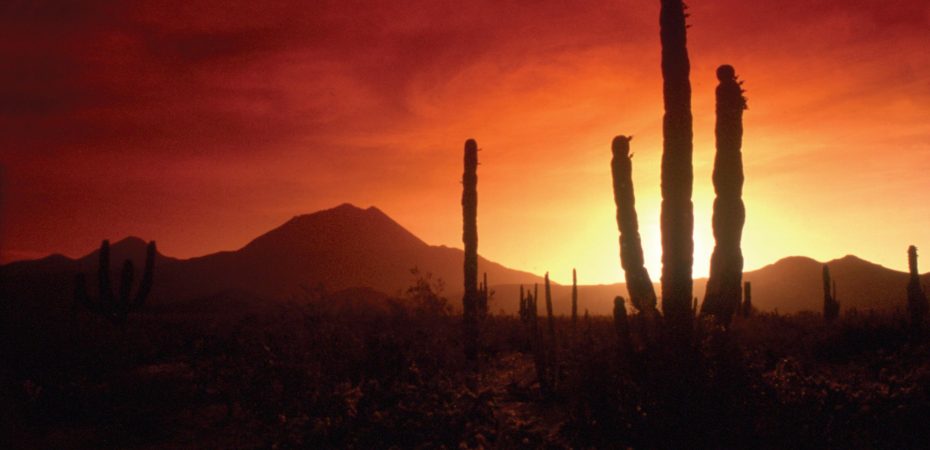Think of some of the world’s cradles for brewing history and there’s little doubt that Germany, Belgium and England would be among the first to come to mind.
Yet, evidence exists that the Aztecs, long before the influence of the Spanish and Germans, made a beverage from corn in Mexico. The drink, made from a plant that is related to the agave, from which tequila is made, was fermented using wild yeasts that were native to the area.
It took until the end of the 19th century before the production of beer in Mexico became modernised. In 1890, Monterrey was the site of the first brewery, to be followed shortly thereafter by one in Orizaba.
Climate dictates the types of food produced in any country and it also directly influences the style of drink. Mexican beers, known in Spanish as “cerveza,” frequently are light lagers, pale in colour and highly refreshing. Lagers differ from ales in the type of yeast used in the fermentation process and are characterised by a crisp, delicate and clean taste.
Breweries have capitalised on the “fun-in-the-sun” vacation image of the nation and, coupled with a growing Mexican population in the United States, these beers have been widely embraced.
There are almost 38 million Hispanic residents in the US, making up 13 per cent of the population. Of that number, 64 per cent are of Mexican origin. Mexico is one of the top 10 producers of beer in the world, increasing output by more than 16 per cent in the last six years.
Virtually all beers produced in the country originate from two conglomerates: Grupo Modelo and Fomento Economico Mexicano SA (FEMSA), holding a combined share of 99 per cent of the market. And to really develop an understanding of just how popular beer is in Mexico, 95 per cent of all alcoholic beverages sold there is that particular beverage.
The beer most closely associated with Mexico is Corona, a brand that developed a trendy image a few years ago. Corona has risen the ranks to become the most popular selling import within the US and is the sixth most consumed beer overall.
Adams Beverage Group, one of the leading sources for the alcohol beverage industry reported that Corona Extra’s US sales grew 8.3 per cent in 2005 while little brother Corona Light’s numbers swelled by 8.6 per cent. Extra has been the fastest growing imported beer in US history.
As for Grupo Modelo, exports of its products are increasing at the rate of 30 per cent annually. Anheuser-Busch invested into Modelo in the early 1990s, lending large amounts of funds along with its extensive distribution network. Meanwhile, FEMSA sided with Interbrew initially, but has moved ahead with Heineken. Both relationships have created nothing short of massive name recognition throughout the US and beyond.
Acceptance of Corona has opened the door for other Mexican beers, including one label, Negra Modelo, not generally associated with most other types. This is a Vienna-style dark lager, which, although still relatively mild in flavour, offers more substance than many of the other beers from this region. You’ll note a caramel presence that is balanced by a pleasant hop bitter finish. For those people who say they don’t like dark beers, try introducing Negra Modelo to them. I’ve paired this with a Cubangrilled pork chop for a wonderful meal.
This Article is from Beers of the World Issue 9, and the rest can be found here.

